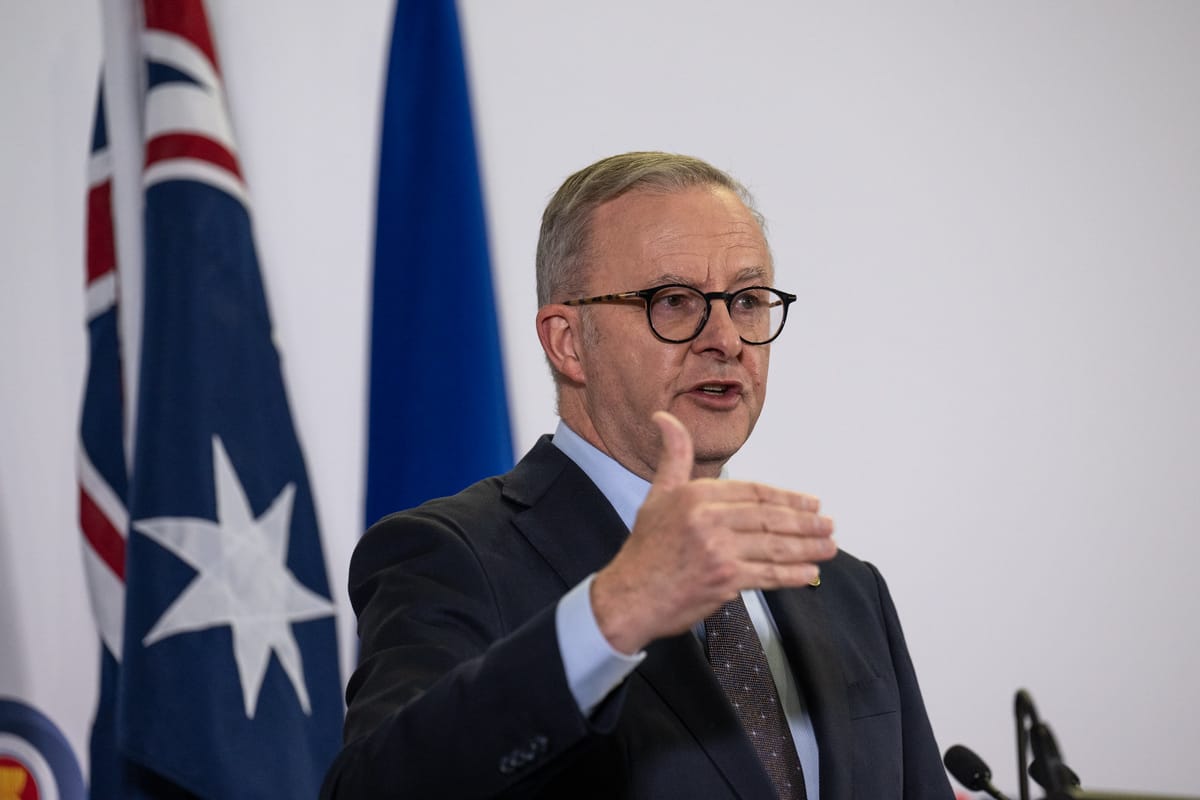Australia has form for bold regulation. It was the first country to introduce plain packaging on cigarettes, a model exported globally. Tobacco companies took legal action and used obscure international treaties to try and force Australia to abandon plain packaging, but it was ultimately hailed a success.
Now the government wants to enforce a minimum age for using social media. Despite an alter ego as the “nanny state” for Covid responses and lockout laws, Australia has a real opportunity to turn interest in limiting social media access into a coherent and innovative solution to online harms.
Social media bans are important, but they are part of a bigger story.
Policy on nurturing “real” experiences is scant.
There is an avalanche of research, government inquiries and legal cases on how social media causes significant harm to young people. Social media has been linked to child exploitation, bullying, privacy intrusion and harassment. There are also concerns about attention fragmentation from increased screen time and more sedentary lives. The US Surgeon General called for a warning label on platforms, while the other authorities found social media companies “engaged in vast surveillance of users with lax privacy controls and inadequate safeguards for kids and teens”.
Jonathan Haidt’s book, The Anxious Generation, argued for collective action against “the great rewiring of childhood”. Haidt proposed a series of policies: no smart phones before high school, no social media before 16, phone-free schools, and far more unsupervised play and childhood independence. The book is not without its detractors who don’t buy the argument or argue the impact of social media on kids is unclear. But it has sparked global interest in banning social media.
In announcing Australia’s plans, Prime Minister Anthony Albanese said, “We know social media is causing social harm, and is taking kids away from real friends and real experiences”. But policy on nurturing “real” experiences is scant.

Banning is a popular idea. One Australian survey showed 61 per cent support for restricting social media access to those under 17. In contrast, 54 per cent aged 18 to 24 were opposed. Spain has social media bans and is in the process of strengthening online safety. Some US states have similar laws.
Unlike tobacco, however, there are benefits to social media. Creating communities can help connect people and provide support, especially young people in minorities, such as LGBTQI+ or those living in remote places. Bans risk driving young people to lower-quality online spaces. As Professor Daniel Argus said, a ban “simply places a gate at the door rather than improving what’s on the other side”. What happens on either side of the gate matters.
Australia’s eSafety Commissioner Julie Inman Grant used a great analogy for responding to social media impacts. She explained that Australia is a world leader in water safety because after countless tragedies we implemented robust and coordinated efforts. The approach has been built on years of advocacy, collaboration, education and legislation. It includes recognition of the importance of active adult supervision, lifeguards, age-appropriate swim lessons, mandatory pool fencing, as well as parents, educators and swim coaches being trained in essential rescue and first aid techniques.
The last thing we want to do is exclude young people from social media to watch addicted adults glued to their screens.
In the social media context, that could mean setting clear parameters for social media spaces and digital lifeguards to enforce them. It includes parental supervision, age-appropriate interventions and education programs, and involvement across society. Social media literacy classes for children and parents could be introduced around the time kids get a phone. Policy levers could include requiring social media platforms to measure and improve user wellbeing or quality of interactions, rather than increasing user time.
Practical and technical challenges would need to be addressed. Social media includes many channels, and platforms are largely based overseas. Enforcement is a challenge. Nations with age limits find enforcing them difficult and most trials underway are for accessing services for over 18s. There is also a significant risk of providing personal information, or even worse, government verified identification, of a whole generation of young people to social media platforms.
And role models matter. The last thing we want to do is exclude young people from social media to watch addicted adults glued to their screens. Concern around social media use is not restricted to young people – adults are struggling too. Six in 10 Australians said social media platforms were making their lives worse. Technology safe spaces should be inclusive and secure for everyone.
Given Australia seems to have bipartisan support for banning social media for people under the age of 16, perhaps this could form part of a plan to create a social media “water safety” roadmap. The parliamentary inquiry into social media in Australia should reach its conclusion shortly and point to evidence of harms and where interventions are most required.
Government ought to set an expectation of how social media platforms need to behave and the quality of services they should provide. Government must engage with young people about policies that affect them, to develop social media and digital literacy skills programs so that they can navigate these spaces when they do join. And defining what constitutes a social media platform will be important. We will need to provide young people with alternative options for information in emergencies (social media groups are often the first place to find news of events).
Focusing solely on bans for young people misses the opportunity to imagine and create social media and digital infrastructure to support all of us, young people included, to flourish. That really would be a worthy global export.

